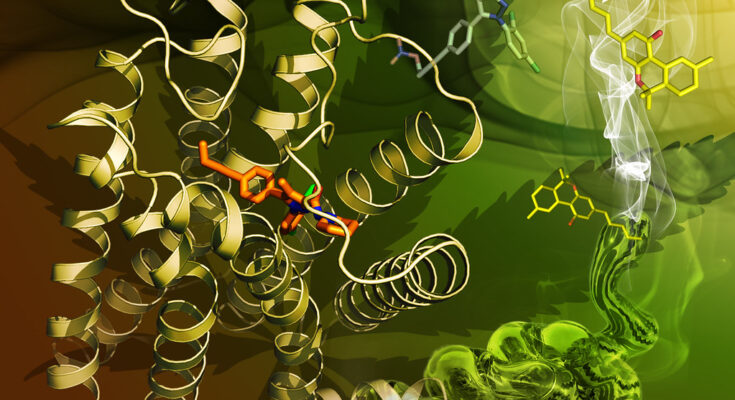The increasing interest in hemp and all the compounds that can be extracted from it with medicinal value is hitting all time high. The impact of hemp in the medicinal sector is tremendous with improved skin condition, tackling mental trauma like anxiety and even helping with various mood disorders. The different components that are harvested from hemp and other cannabis sativa plants can be found in the cannabinoid chart which can be tricky for some to read. Getting more acquainted with the cannabinoid chart means you’ll be learning about some of our favorite topics, such as CBN, CBC, CDBA, CBDV, and much more. For you to comprehend how this chart works, you might want to check out the following details discussed below.
CBD and THC
These are the most famous cannabinoids that one can find today. Both of these products can be found in cannabis sativa however hemp plant has less traces of THC when compared to other strains. CBD has been great so far in the different sectors it has been used for instance dealing with inflammations, gastrointestinal problems like nausea and even production of skin care products. THC is the compound responsible for psychoactive behavior in users for instance feeling drowsy or even sleepy. It is however not legal in all states so you must be careful when purchasing it.
CBDA
Cannabidiolic acid also known as CBDA is another cannabinoid referred to as precursor to CBD. When taken through the process of decarboxylation, one may end up with CBD from the compound. Since decarboxylation happens when plants have been heated, you can get this component of hemp plant before heating the plant. Studies indicate that this compound can be used to inhibit the production of COX-2 enzyme which is a pain regulator in the human body. Scientists have thus established that CBDA can be used as an anti-inflammatory agent. Other conditions that CBDV can possible be used to treat include Rett syndrome a rare condition which affects the brain atrophy.
Cannabidivarin
CBDV can assume to be similar to CBD however its attributes make it well versed with neurological disorders. Researchers claim that CBDV shows potential to be a solution to different disorders that have been resistant to the various medication used against them. CBDV modulates how the glutamate-Gaba system function sin the brain and hence make it ideal for dealing with conditions like autism.













